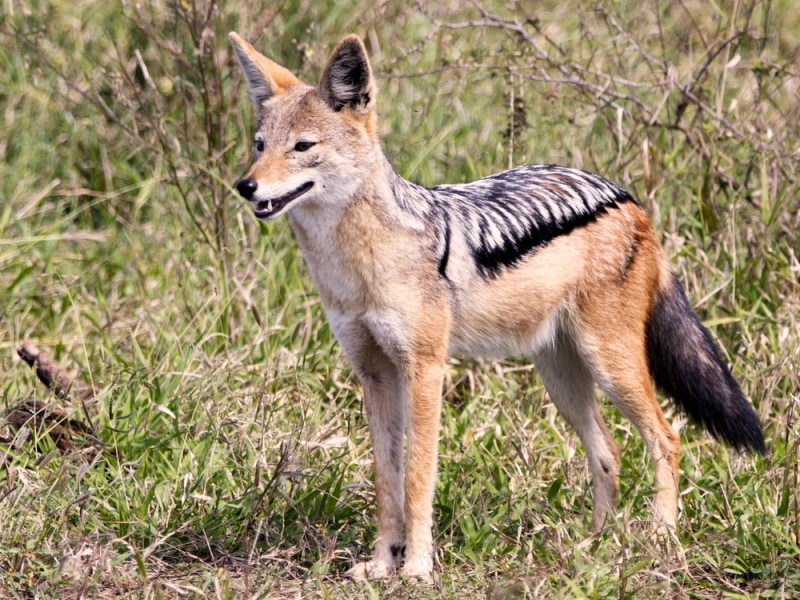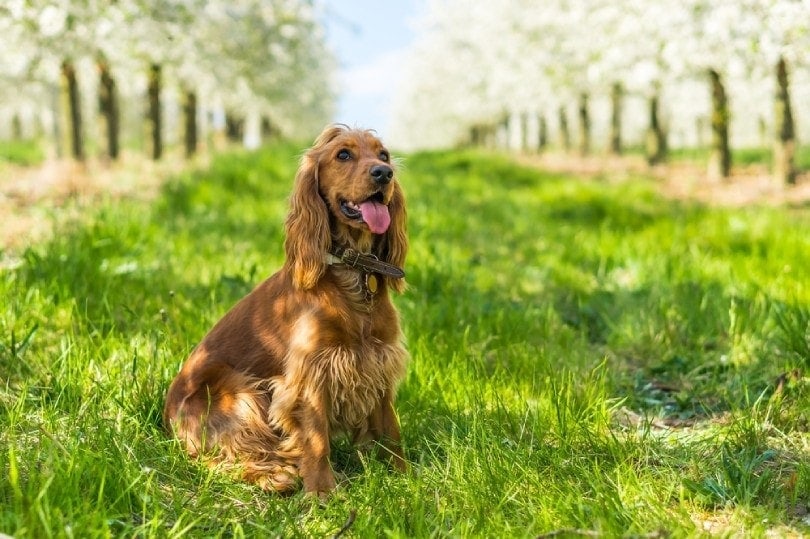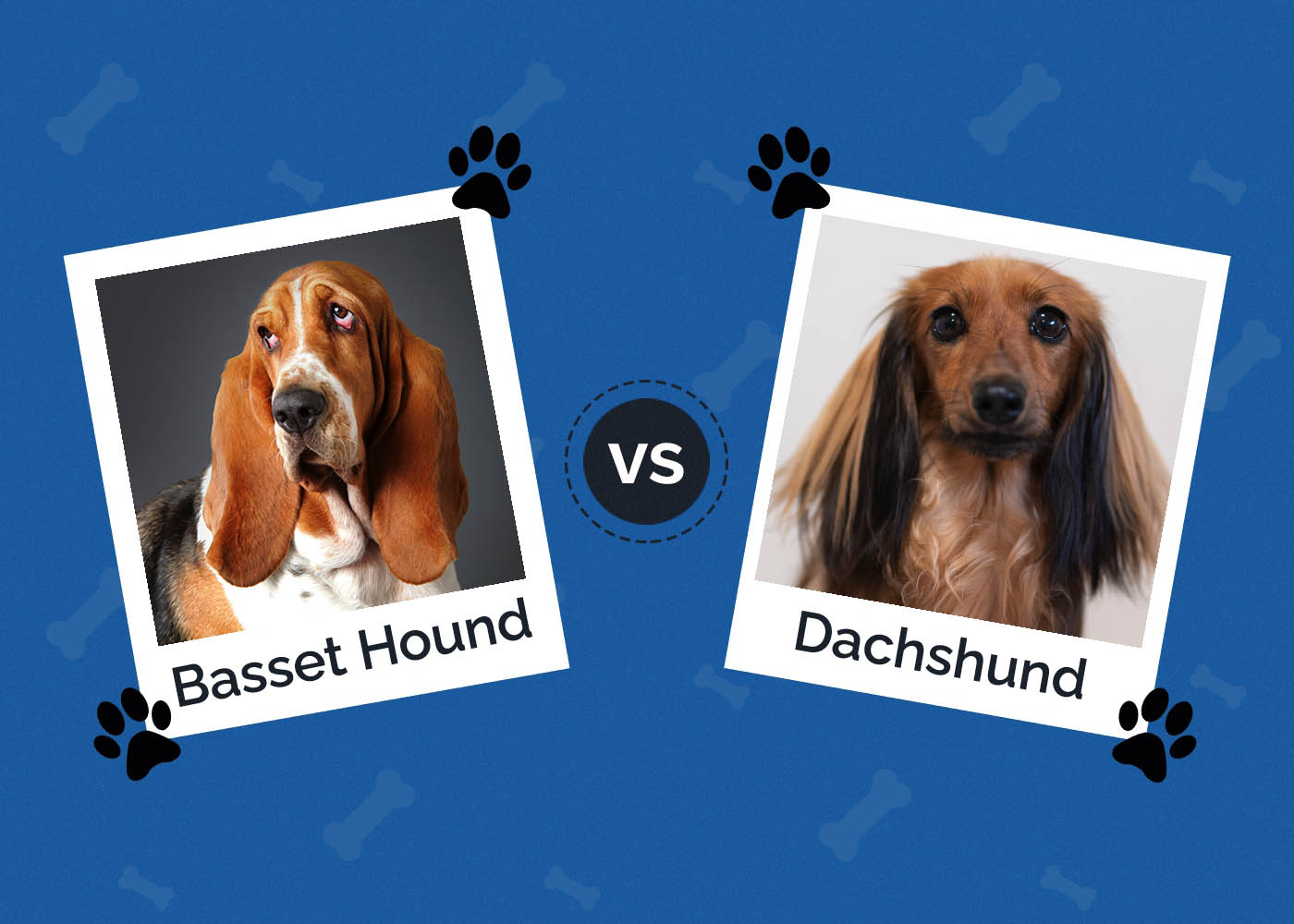Blue Shih Tzu: Facts, Origin & History (With Pictures)

Updated on
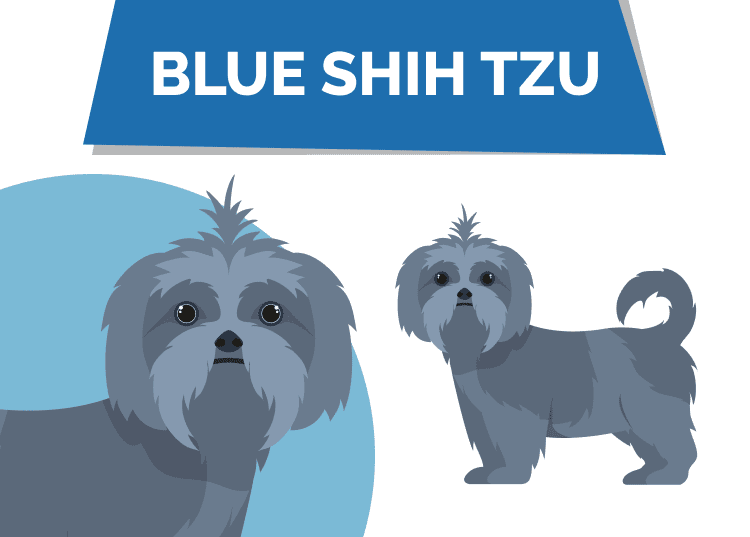
The blue Shih Tzu is one variation of the myriad of different colors that Shih Tzus can exhibit. It is a particularly attractive coat hue that gives Shih Tzus with this coloring a glamorous and regal appearance.
There is some confusion regarding the blue color, with some people believing it is another way to describe a gray dog. This is not the case, however, as the blue refers to a very specific shade of gray coat that results from the dog’s blue-tinted skin. The blue tinge is most notable around these doggies’ lips, paws, and noses. The blue-tinted skin results in their coats exhibiting an exotic blue glow when viewed in bright sunlight.
 The Earliest Records of the Blue Shih Tzu in History
The Earliest Records of the Blue Shih Tzu in History
There are no clear records of when the blue Shih Tzu, specifically, was first observed. Therefore, it can be concluded that this coloring in the breed has existed for as long as the breed itself. They are an ancient breed with official records dating back at least 1,000 years. However, the earliest references to the Shih Tzu can be found in records as far back as 1,000 BC
Although many people believe that the Shih Tzu is a dog of Chinese origin, this is actually false. The diminutive dogs are believed to have originated in Tibet, where it is thought that the Lhaso Apso dog breed was their earliest ancestor. They were affectionately known as “little lion dogs”.
It is believed that the Tibetans would gift Chinese royalty with the little lion dogs from time to time, thus introducing the breed into China. The Chinese royalty held these captivating little hounds in very high regard and began breeding them with Pugs and Pekingese, giving rise to the Shih Tzu that we are familiar with today.
Shih Tzus’ name translates from Mandarin as “little lion”, although the Chinese Shih Tzu differed slightly from the original Tibetan lion dog.
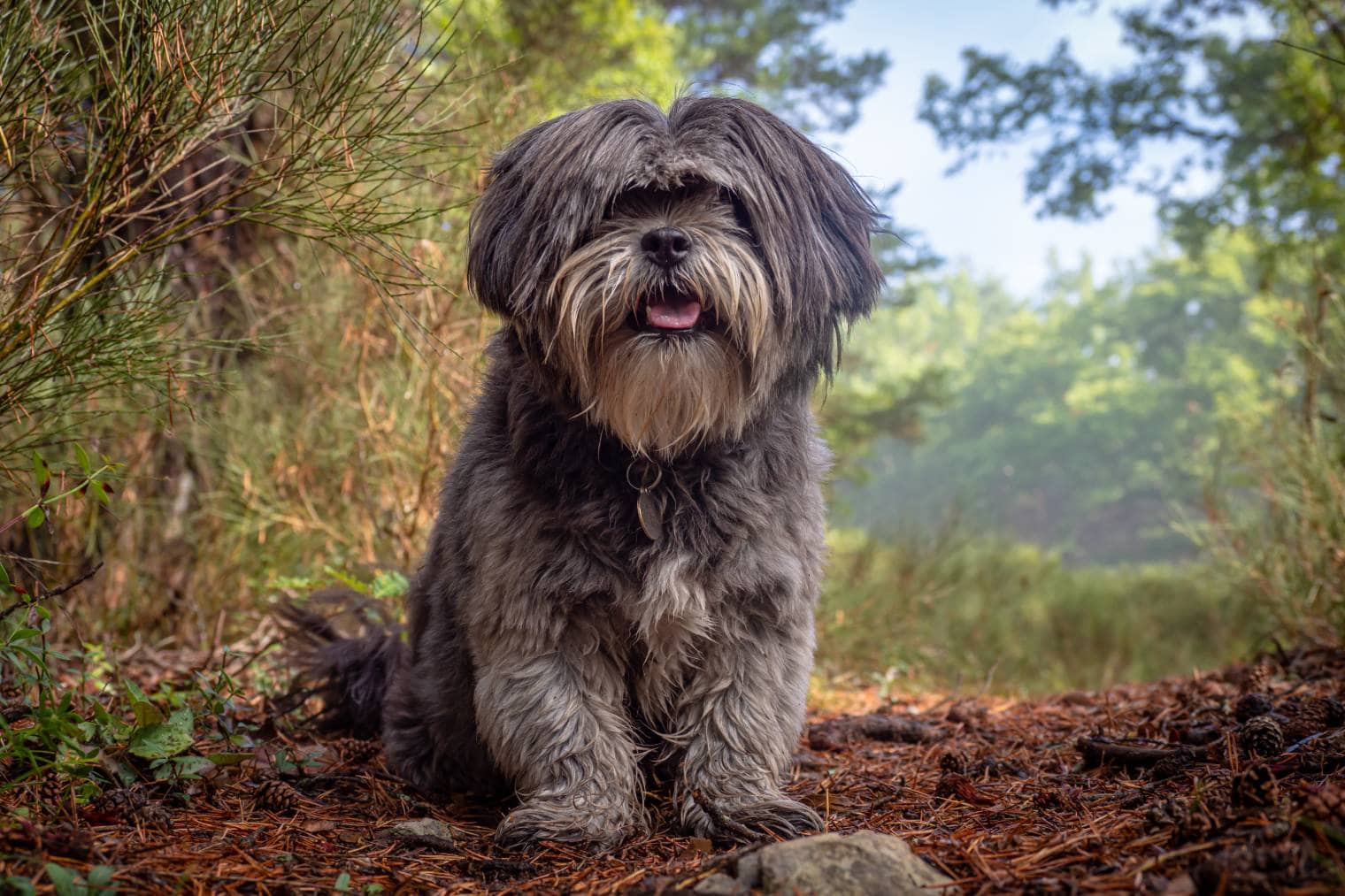
How the Blue Shih Tzu Gained Popularity
Early on, the Shih Tzu—including the glamorous blue-colored variation—was primarily popular with the Chinese nobility and royalty. They established themselves as firm favorites in the Chinese Imperial Palace with the Manchu Emperors.
In the second half of the 19th century, the Dowager Empress Tzu Hsi was in power. She was avidly interested in the little dogs and supervised a more coordinated breeding program, concentrating on their color and lineage.
The adorable little dogs made their international debut in the early 1900s, when some made their way to Europe and then to England. A few members of the English aristocracy were very taken with the Shih Tzu and began breeding them in the 1930s. They started to gain in popularity in the UK and Europe just before World War II broke out. During the war, American military personnel encountered the Shih Tzu and took some home with them. This resulted in the blue Shih Tzu’s first steps onto American soil.
Once the Shih Tzu started to become known and loved in the US, there was no looking back for these endearing little pups. In the last few decades, they have consistently ranked as one of the most popular toy dogs to own with the most recent polls putting them in sixth place.
In terms of the most popular color Shih Tzus amongst owners, interestingly, blue doesn’t rank too high. Shih Tzu owners prefer tricolor combinations or solid black or white over other coat colors.
Formal Recognition of the Blue Shih Tzu
In 1934, the Shih Tzu Club of England was formed, with the breed—including the blue color—being formally recognized by the UK Kennel Club in 1940. Considering the Shih Tzu’s later introduction to the US, things lagged a little across the ocean. The American Kennel Club formally recognized the Shih Tzu in 1969, including all color variations.
Today, the Shih Tzu is recognized by all the main kennel clubs in English-speaking countries. The breed is an extremely popular choice for showing and agility competitions.
 Top 9 Unique Facts About Blue Shih Tzus
Top 9 Unique Facts About Blue Shih Tzus
1. They are known as the “Chrysanthemum Dog”
As well as affectionately being nicknamed “little lion”, Shih Tzus are also referred to as “Chrysanthemum Dogs”. This is due to a supposed likeness to the flower that some of the dogs’ faces have, resulting from hair that grows in every direction.
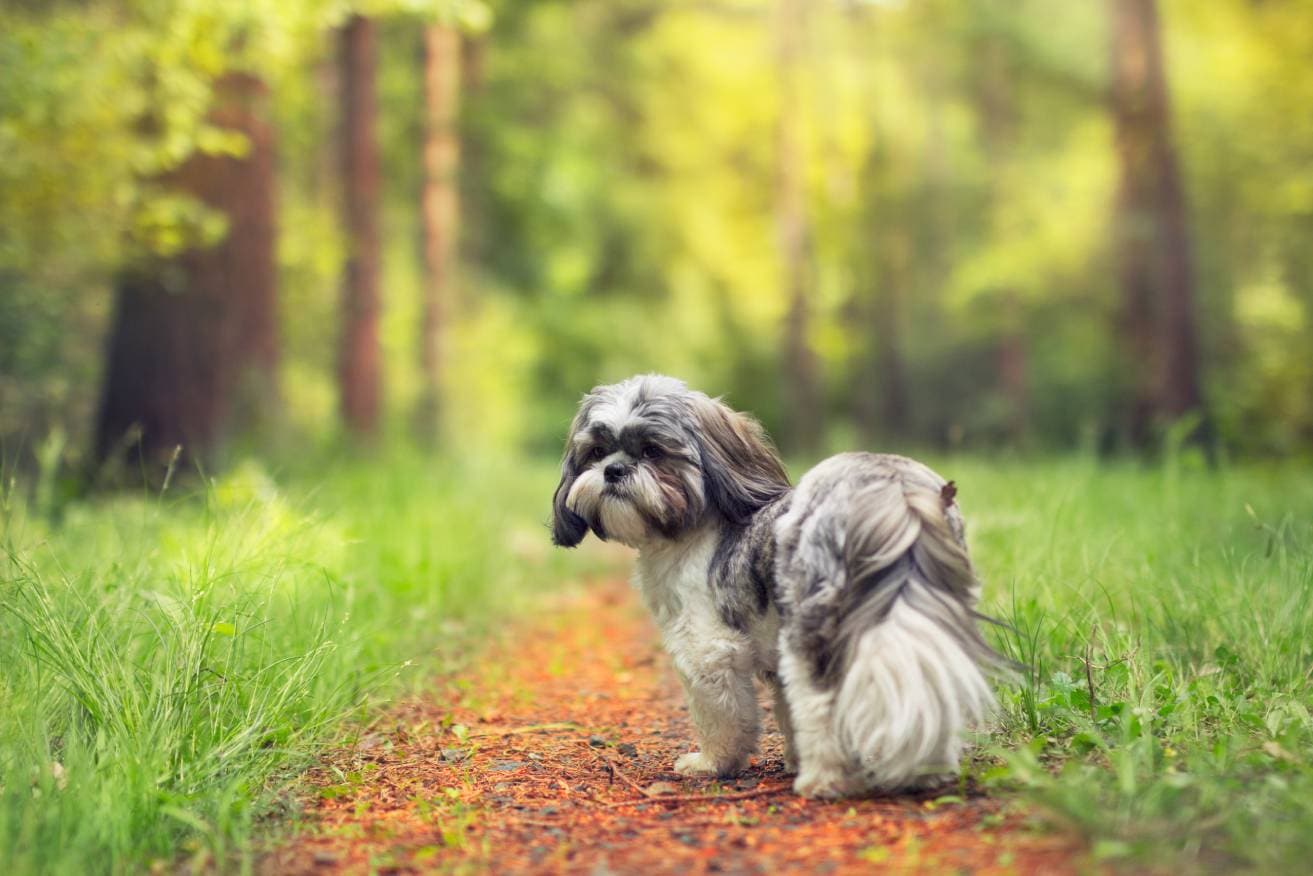
2. They are quite athletic
It might seem unlikely, but Shih Tzus are very athletic! Underneath those luscious locks lies a vibrant and capable little body. They have consistently excelled in dog agility classes for many years. According to the AKC, in 2014, a Shih Tzu was the first of its kind to scoop both the agility and show champion titles.
3. They are great with kids
Shih Tzus have a reputation for being wonderful with children. Their bubbly, affectionate, and easygoing personalities make them great companions for homes with kids.
4. They have hair, not fur
These glamorous pooches do not have fur, they have a long silky double-layered coat of hair. Although they require intensive grooming, they are low shedders and one of the few breeds that are considered to be “hypoallergenic”.
5. The unique color of blue Shih Tzus is due to their genetics
The so-called blue coat color expresses as a phenotype when two copies of the recessive d (recessive dilute) allele are present at the D (dilute) locus. This sometimes results in blue eyes as well. When two D (dominant full color) alleles, or one D and one d are present, then the Shih Tzu will be black.
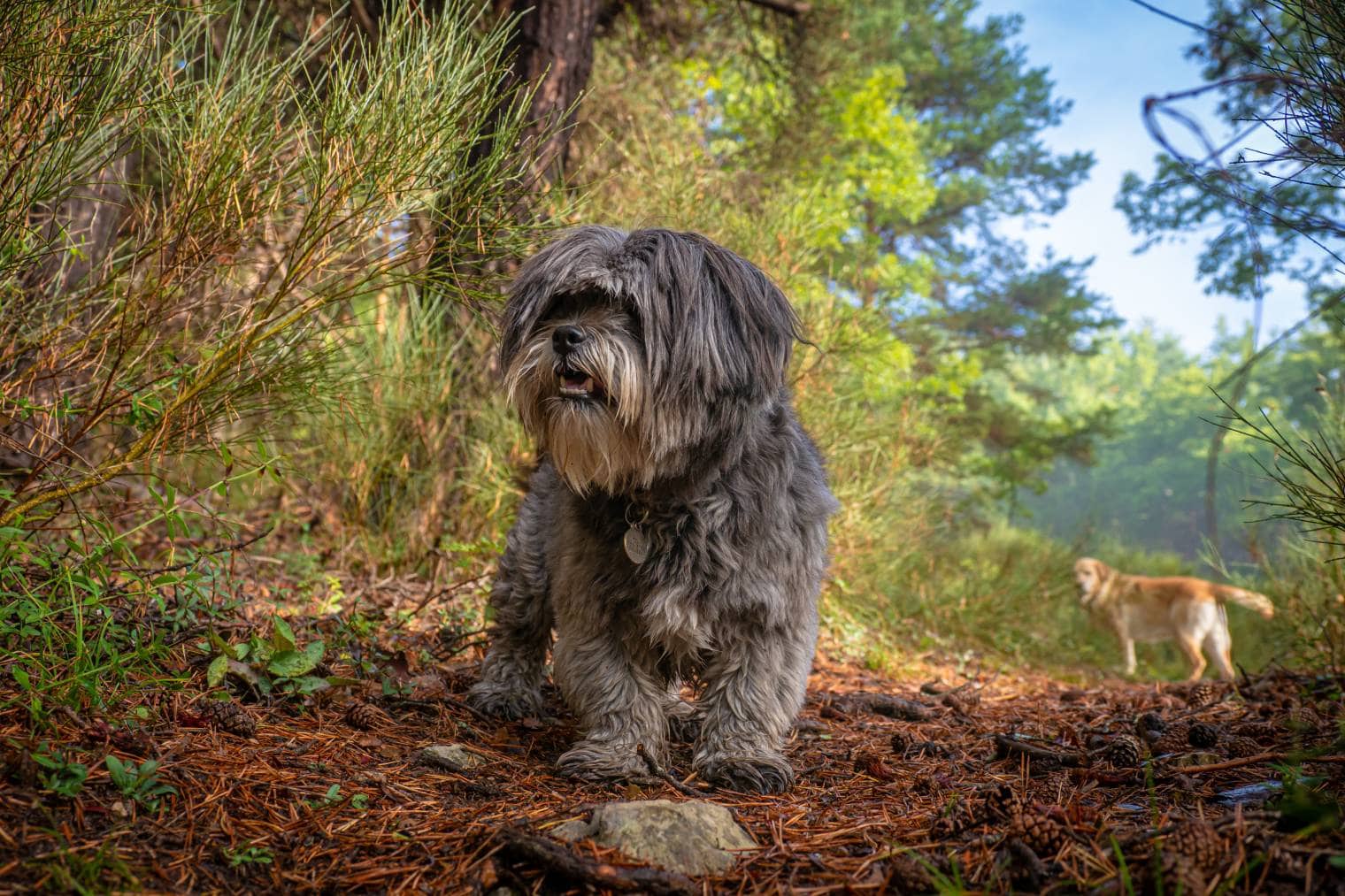
6. They are brachycephalic
Shih Tzus are brachycephalic dogs. This means they have a shortened skull. This is a physical mutation, which has been selectively bred because it gives the dogs a cute appearance. Unfortunately, the condition results in a disease called Brachycephalic Airway Syndrome (BAS), which makes it difficult for the dogs to breathe, to a greater or lesser degree.
7. They make great apartment dogs
Although Shih Tzus can be energetic and athletic, they love nothing more than to cuddle up on their human’s lap. They are also very adaptable in terms of their living environment. They are, therefore, well suited to apartment living and remain a popular choice for these kinds of homes.
8. Their diminutive size make them “toy dogs”
Shih Tzus fall into the “toy dog” category, and a full-grown adult will weigh between 9–16 pounds.
9. They are predisposed to certain health issues
Apart from Brachycephalic Airway Syndrome, like most purebred pooches, Shih Tzus are genetically predisposed to a number of other health conditions. They may be more at risk of developing hip dysplasia, patellar luxation, ear problems, and eye problems, such as progressive retinal atrophy, retinal detachment and cataracts.
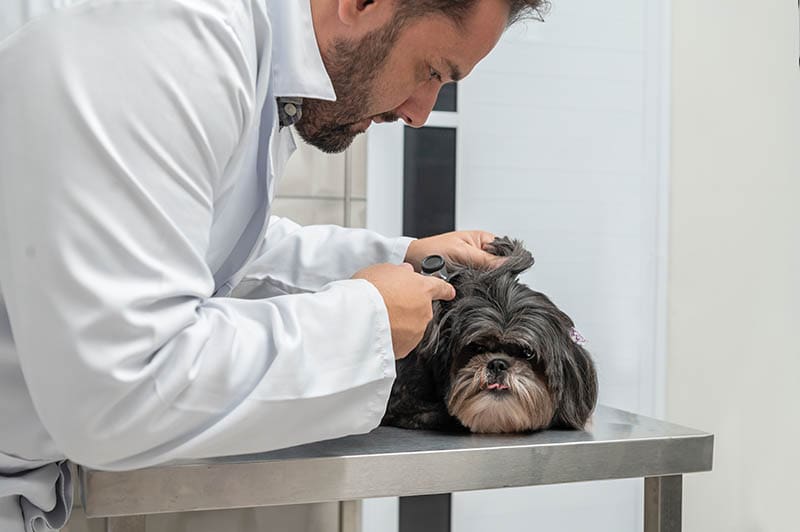
 Does the Blue Shih Tzu Make a Good Pet?
Does the Blue Shih Tzu Make a Good Pet?
If you are looking for a cheerful, affectionate, and good-natured little canine companion, you can’t do better than a blue Shih Tzu! These little dogs make the most wonderful pets for just about any home, even those that are moderately active.
They are renowned for their happy disposition and great love for their humans. They adore kids and are just as fond of the other members of the family—canine and otherwise.
Because of their adaptability, they are suitable for bustling homes with plenty of comings and goings, or as Grandma’s lapdog.
Although blue is not the most popular color choice, color makes no difference to the Shih Tzus’ charm and appeal. A blue Shih Tzu would be a loving and welcomed addition to any home. Just remember that your little pooch needs brushing at least every second to third day to prevent those pesky mats and tangles from forming.
Final Thoughts
The charming little Shih Tzu has it all to offer. Despite its regal origins, it maintains a down-to-earth aura of cheerful humility. These little dogs just love life and want to have fun. And they want to have it with you!
Their beguiling personality is evidenced by people’s devotion to the breed for hundreds of years, across multiple continents. These adorable little dogs are not likely to be going out of favor any time soon.
Featured Image Credit: You are free to use this image but we do require you to link back to Hepper.com for credit.
 The Earliest Records of the Blue Shih Tzu in History
The Earliest Records of the Blue Shih Tzu in History Top 9 Unique Facts About Blue Shih Tzus
Top 9 Unique Facts About Blue Shih Tzus